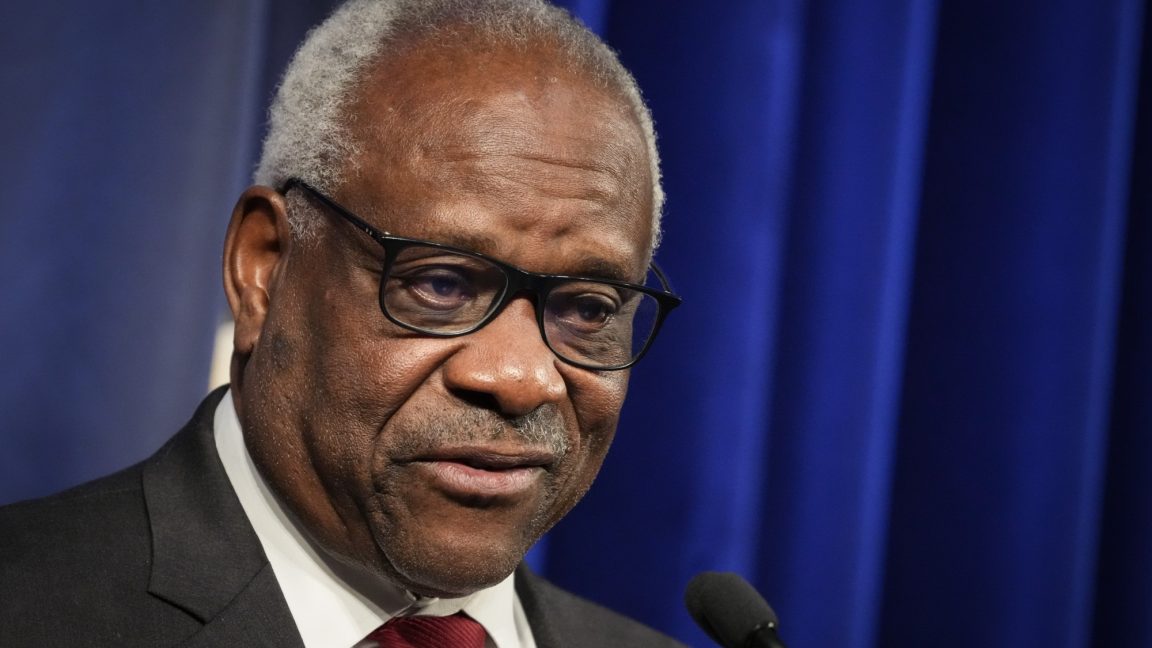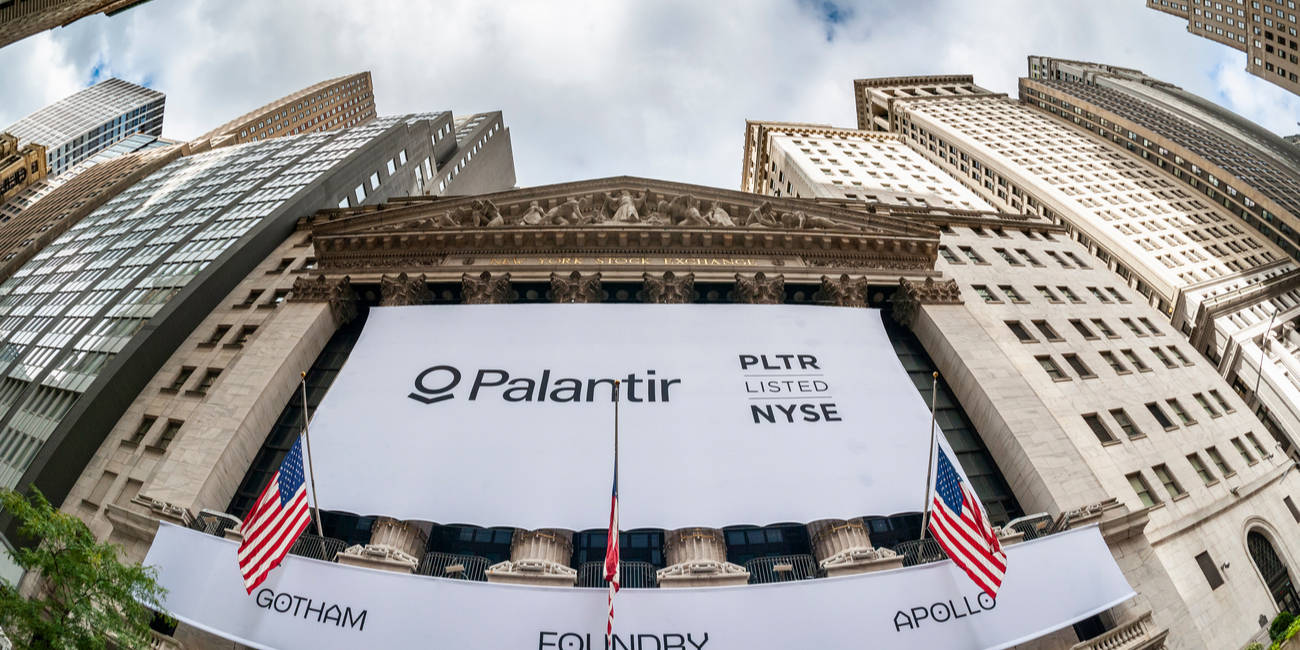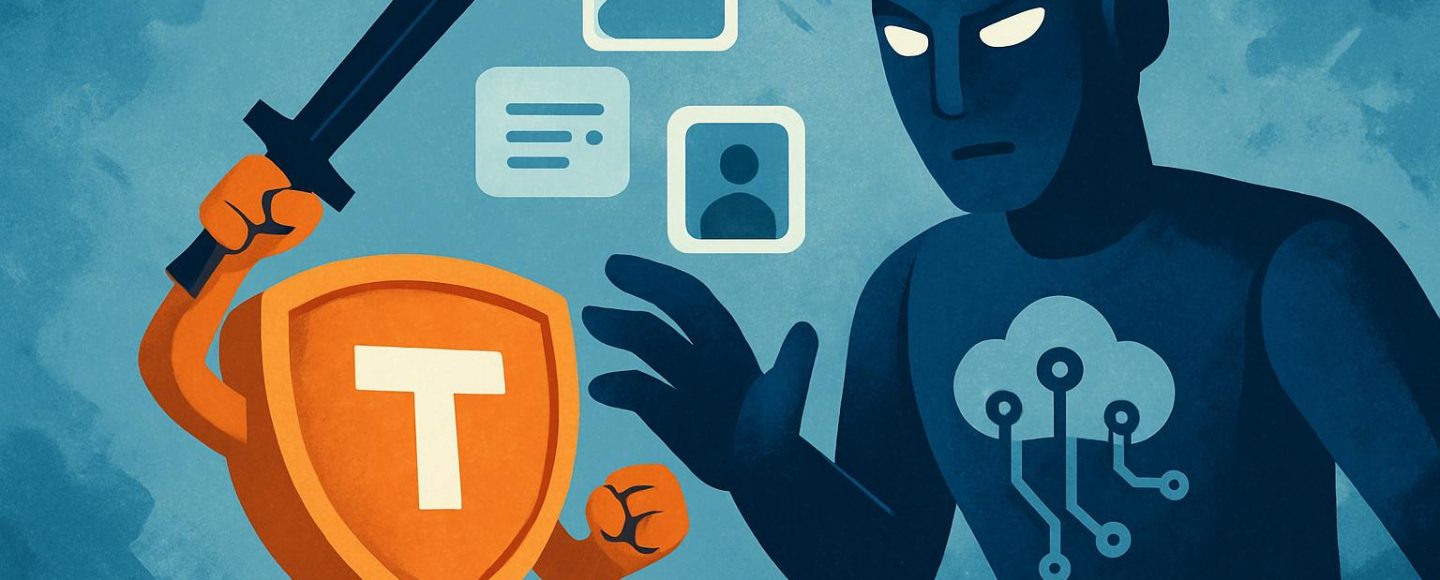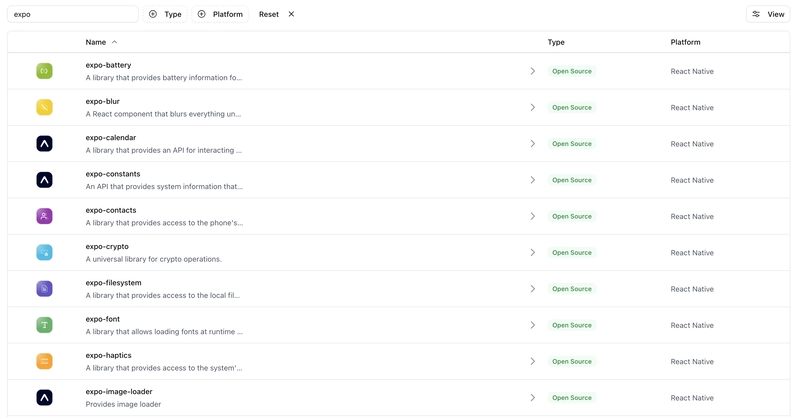Under the Hood: How Tesla Powers its Android App with React Native
Analysis of Tesla's Android App Tech Stack Tesla is widely known as a leader in electric vehicle innovation but also actively utilizes React Native technology in mobile app development. Tesla's mobile app has been featured on React Native's official showcase as a prominent success story. In this analysis, we'll take an interesting look at the actual technology stack used by Tesla's Android app, utilizing WhatStack. You can find the complete technology stack of Tesla's app on the WhatStack Tesla page. React Native-Centric Tech Stack Tesla's app employs a total of 123 technology stacks, with 76 based on React Native. This accounts for more than half of the overall stack, highlighting Tesla's strategic focus on cross-platform development. A noteworthy point is Tesla's extensive use of Expo libraries. Expo simplifies React Native development and enables developers to easily implement a wide variety of features. Tesla leverages numerous Expo libraries such as expo-filesystem, expo-location, and expo-media-library, significantly enhancing development productivity and reliably delivering essential app functionality. Enterprise Tech Stack To ensure reliability and stability, Tesla strategically utilizes enterprise-grade technology stacks. Notably, Tesla employs Stripe as its payment service, ensuring exceptional stability and security. Stripe is a global payment system capable of reliably handling financial transactions across various countries. In authentication, Tesla notably uses Auth0, which is an interesting technical choice. Additionally, Tesla utilizes Persona for simplified and secure user identity verification and authentication processes. Persona streamlines user registration and security processes through real-time identity verification, significantly enhancing user privacy protection. These technology choices underscore Tesla's strategic approach to simultaneously enhancing user security and app reliability. Implications of Technology Choices Tesla's reasons for adopting React Native as a core technology are clear: the ability to efficiently manage both Android and iOS platforms from a single codebase, coupled with the powerful flexibility to enable continuous updates and innovation. By effectively combining React Native technology with trusted enterprise solutions, Tesla achieves an ideal balance of innovation and quality. Conclusion Through this tech stack analysis of Tesla's Android app, we've seen how effectively React Native can be utilized in a real-world enterprise environment. As a prime example highlighting the strengths of React Native, Tesla's app provides valuable insights into developing effective mobile app strategies. For more information on the tech stacks of various apps, visit WhatStack.

Analysis of Tesla's Android App Tech Stack
Tesla is widely known as a leader in electric vehicle innovation
but also actively utilizes React Native technology in mobile app development.
Tesla's mobile app has been featured on
React Native's official showcase as a prominent success story.
In this analysis, we'll take an interesting look at the actual technology stack
used by Tesla's Android app, utilizing WhatStack.
You can find the complete technology stack of Tesla's app on the WhatStack Tesla page.
React Native-Centric Tech Stack
Tesla's app employs a total of 123 technology stacks,
with 76 based on React Native.
This accounts for more than half of the overall stack, highlighting Tesla's strategic focus on cross-platform development.
A noteworthy point is Tesla's extensive use of Expo libraries.
Expo simplifies React Native development and enables developers to easily implement a wide variety of features.
Tesla leverages numerous Expo libraries such as expo-filesystem, expo-location, and expo-media-library,
significantly enhancing development productivity and reliably delivering essential app functionality.
Enterprise Tech Stack
To ensure reliability and stability, Tesla strategically utilizes enterprise-grade technology stacks.
Notably, Tesla employs Stripe as its payment service, ensuring exceptional stability and security. Stripe is a global payment system capable of reliably handling financial transactions across various countries.
In authentication, Tesla notably uses Auth0, which is an interesting technical choice.
Additionally, Tesla utilizes Persona for simplified and secure user identity verification and authentication processes.
Persona streamlines user registration and security processes through real-time identity verification, significantly enhancing user privacy protection.
These technology choices underscore Tesla's strategic approach to simultaneously enhancing user security and app reliability.
Implications of Technology Choices
Tesla's reasons for adopting React Native as a core technology are clear: the ability to efficiently manage both Android and iOS platforms from a single codebase, coupled with the powerful flexibility to enable continuous updates and innovation.
By effectively combining React Native technology with trusted enterprise solutions, Tesla achieves an ideal balance of innovation and quality.
Conclusion
Through this tech stack analysis of Tesla's Android app, we've seen how effectively React Native can be utilized in a real-world enterprise environment. As a prime example highlighting the strengths of React Native, Tesla's app provides valuable insights into developing effective mobile app strategies.
For more information on the tech stacks of various apps, visit WhatStack.










































































































































































![[The AI Show Episode 156]: AI Answers - Data Privacy, AI Roadmaps, Regulated Industries, Selling AI to the C-Suite & Change Management](https://www.marketingaiinstitute.com/hubfs/ep%20156%20cover.png)
![[The AI Show Episode 155]: The New Jobs AI Will Create, Amazon CEO: AI Will Cut Jobs, Your Brain on ChatGPT, Possible OpenAI-Microsoft Breakup & Veo 3 IP Issues](https://www.marketingaiinstitute.com/hubfs/ep%20155%20cover.png)
















































































































































































































































.jpg?width=1920&height=1920&fit=bounds&quality=70&format=jpg&auto=webp#)
























_Michael_Burrell_Alamy.jpg?width=1280&auto=webp&quality=80&disable=upscale#)































































































































































































